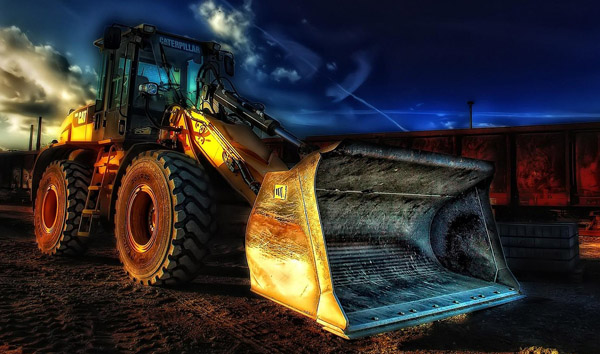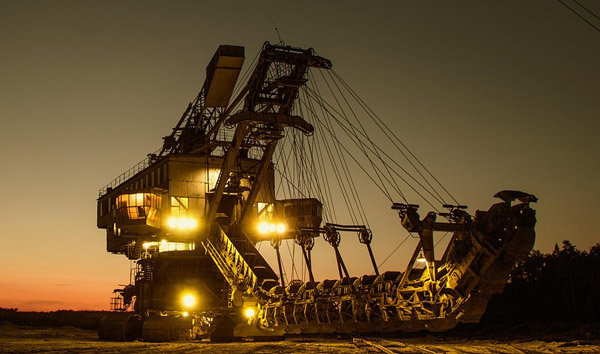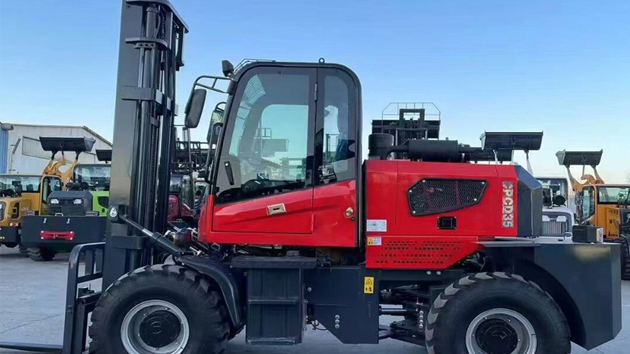The Evolution of Heavy-Duty Loaders in Modern Quarry Operations
2025-07-07 04:35:32
Heavy-duty loaders have become indispensable in quarry work, offering unmatched efficiency in material handling. This report examines their technological advancements, operational benefits, and industry trends, backed by recent data from leading manufacturers.
### Introduction to Heavy-Duty Loaders in Quarry Work The demand for heavy-duty loaders in quarry work has surged due to their ability to handle large volumes of rock, gravel, and other aggregates. These machines are engineered to withstand extreme conditions, ensuring durability and productivity in harsh environments. According to Caterpillar’s 2023 market analysis, global sales of heavy-duty loaders for quarry applications grew by 12% year-over-year, reflecting their critical role in mining and construction sectors.
### Key Features of Modern Heavy-Duty Loaders Today’s heavy-duty loaders incorporate cutting-edge technologies such as automated load-sensing hydraulics and fuel-efficient engines. Komatsu’s latest models, for instance, feature AI-driven load optimization, reducing fuel consumption by up to 15% while maintaining high performance in quarry work. Additionally, reinforced buckets and advanced traction systems ensure minimal downtime, a crucial factor in high-volume operations.
### Operational Efficiency and Cost Benefits A study by Volvo Construction Equipment revealed that heavy-duty loaders optimized for quarry work can move up to 1,200 tons of material per hour, significantly lowering operational costs. Their robust design minimizes wear and tear, translating to longer service intervals and reduced maintenance expenses. For example, Liebherr’s R 9800 model demonstrated a 20% improvement in load cycles compared to previous generations, further enhancing ROI for quarry operators.
### Industry Trends and Future Outlook The heavy-duty loader market is evolving with a focus on sustainability. Hybrid and electric models are gaining traction, with Hitachi launching its first zero-emission loader prototype for quarry work in 2024. Meanwhile, telematics integration allows real-time monitoring of machine health, optimizing fleet management. Industry projections suggest a compound annual growth rate (CAGR) of 8.5% for heavy-duty loaders through 2030, driven by automation and eco-friendly innovations.
### Conclusion Heavy-duty loaders remain the backbone of quarry work, combining power, precision, and technological innovation. As the industry shifts toward greener solutions, these machines will continue to redefine efficiency standards, ensuring sustainable progress in material extraction and handling.
By leveraging advancements in heavy-duty loaders, quarry operators can achieve higher productivity while meeting environmental and economic goals. The future of quarry work hinges on these robust machines, making them a cornerstone of modern industrial operations.














